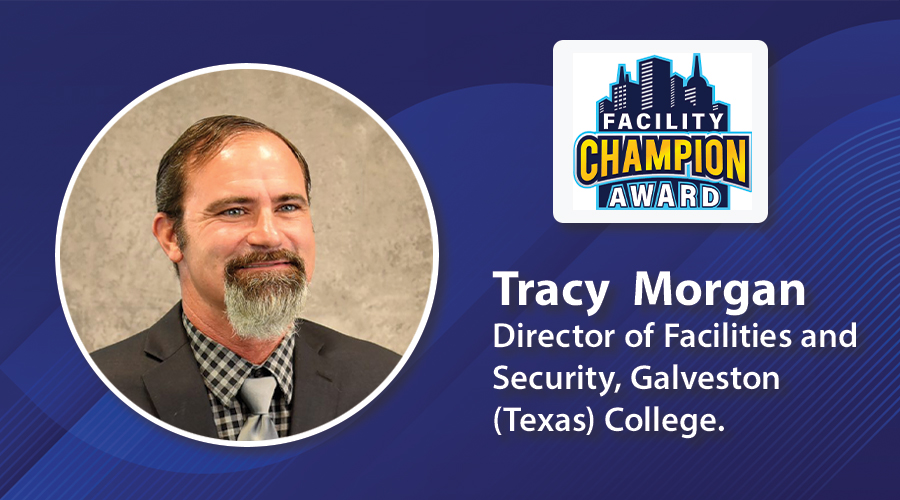Cutting Costs? Use Discretion
Discretionary costs are not necessarily less important than consequential costs - but you have to know the difference.
By Edward Sullivan, Editor
I was cleaning out my attic recently when I came across a copy of the first feature article I wrote on my first job. The article had to do with budgets, and one of my sources drew an interesting distinction between discretionary and consequential costs.
Despite their names, discretionary costs aren’t necessarily less important than consequential costs. The former is simply money you can choose not to spend. On a facility budget, the investment in staff training or a lighting upgrade would fall into the category of discretionary costs.
Consequential costs, by contrast, are ones you can’t eliminate from the budget simply by deciding to do so. The energy budget is a good example of a consequential cost. There are many ways to trim energy costs, but changing the number on a budget line isn’t one of them. Some investment is required — staff time, if nothing else.
This is pretty obvious stuff. But it’s amazing how many senior executives seem not to understand that a lot of facility costs aren’t discretionary.
After all, it isn’t just energy costs that are consequential costs. In the long term (sometimes the not-so-long term), many facility costs are consequential costs.
Consider a roof. An organization that invests in maintenance will get a longer life out of the roof, which means lower costs over time. Similarly, when the time comes to replace the roof, spending more on the new roof installation may mean a longer-lasting roof (assuming that it’s properly maintained). Plus the roof will perform better while it’s in use. And of course the same principle holds for chillers, carpet, etc.
As I said, this is pretty much just common sense. But that doesn’t mean top management really gets it, nor that all a facility manager has to do to get them to understand is point it out to them. It’s up to facility managers to document the link between cause and effect to get the budget for measures that will reduce facility capital and operating costs in the long term.
Related Topics:












